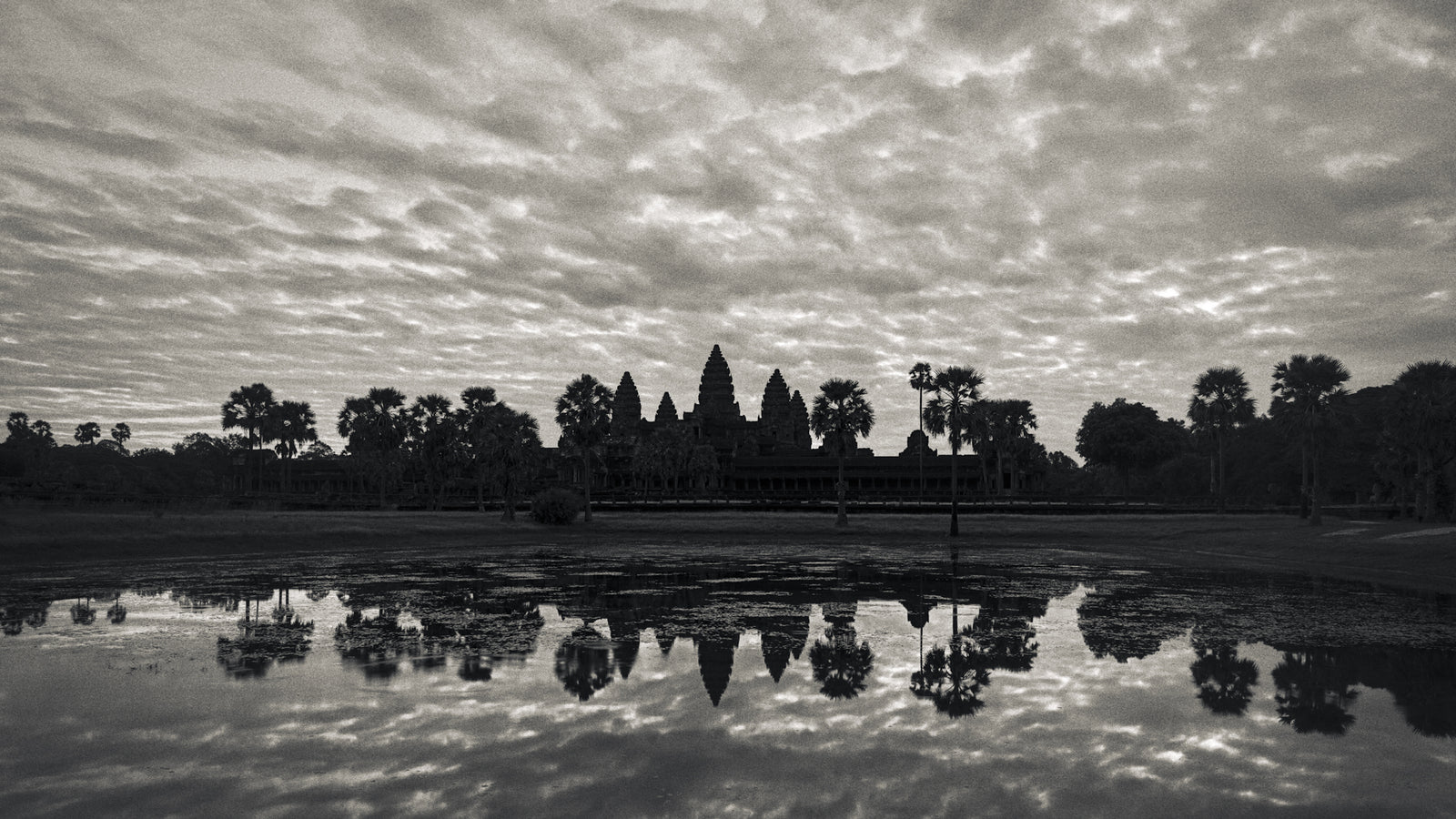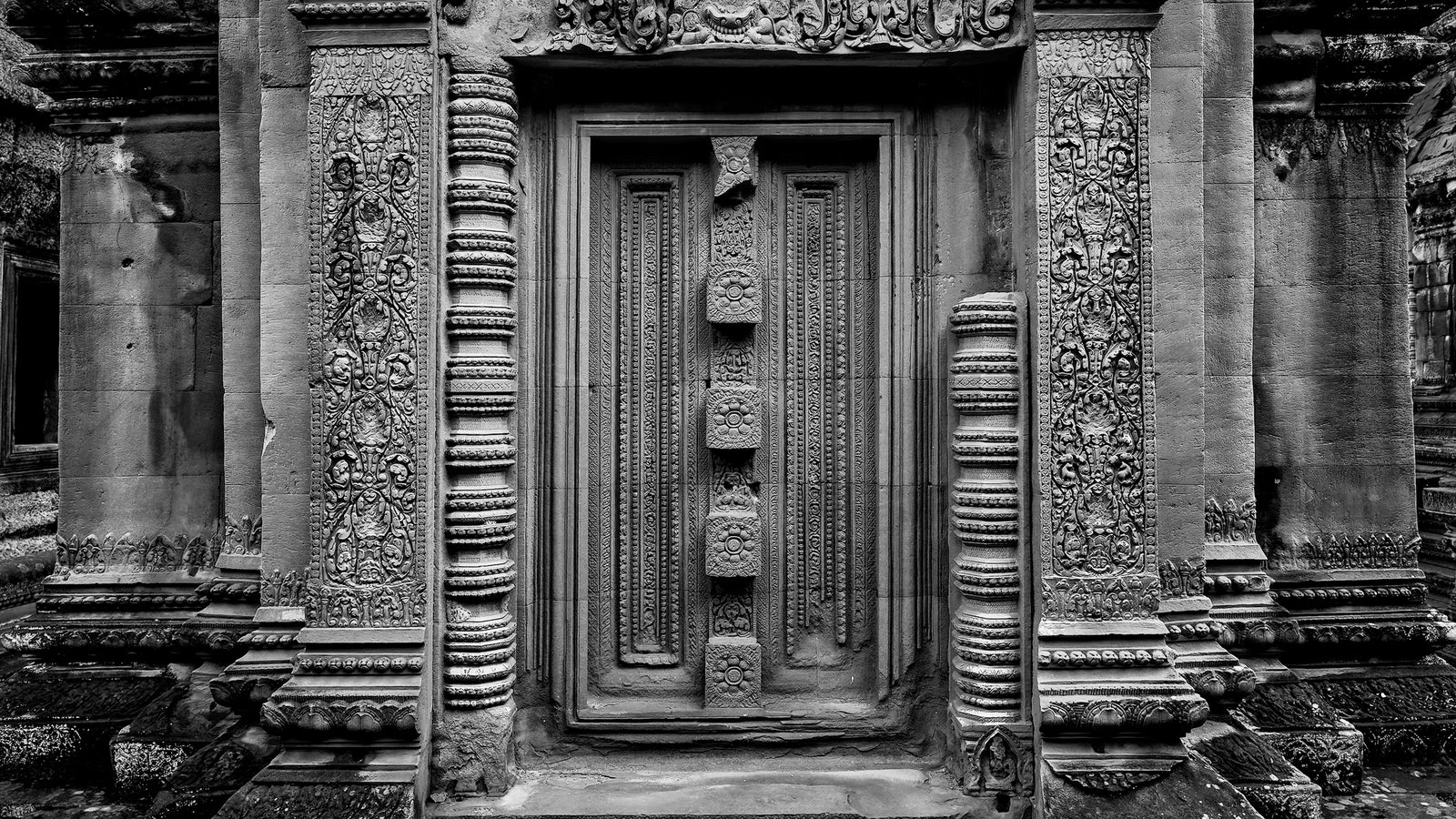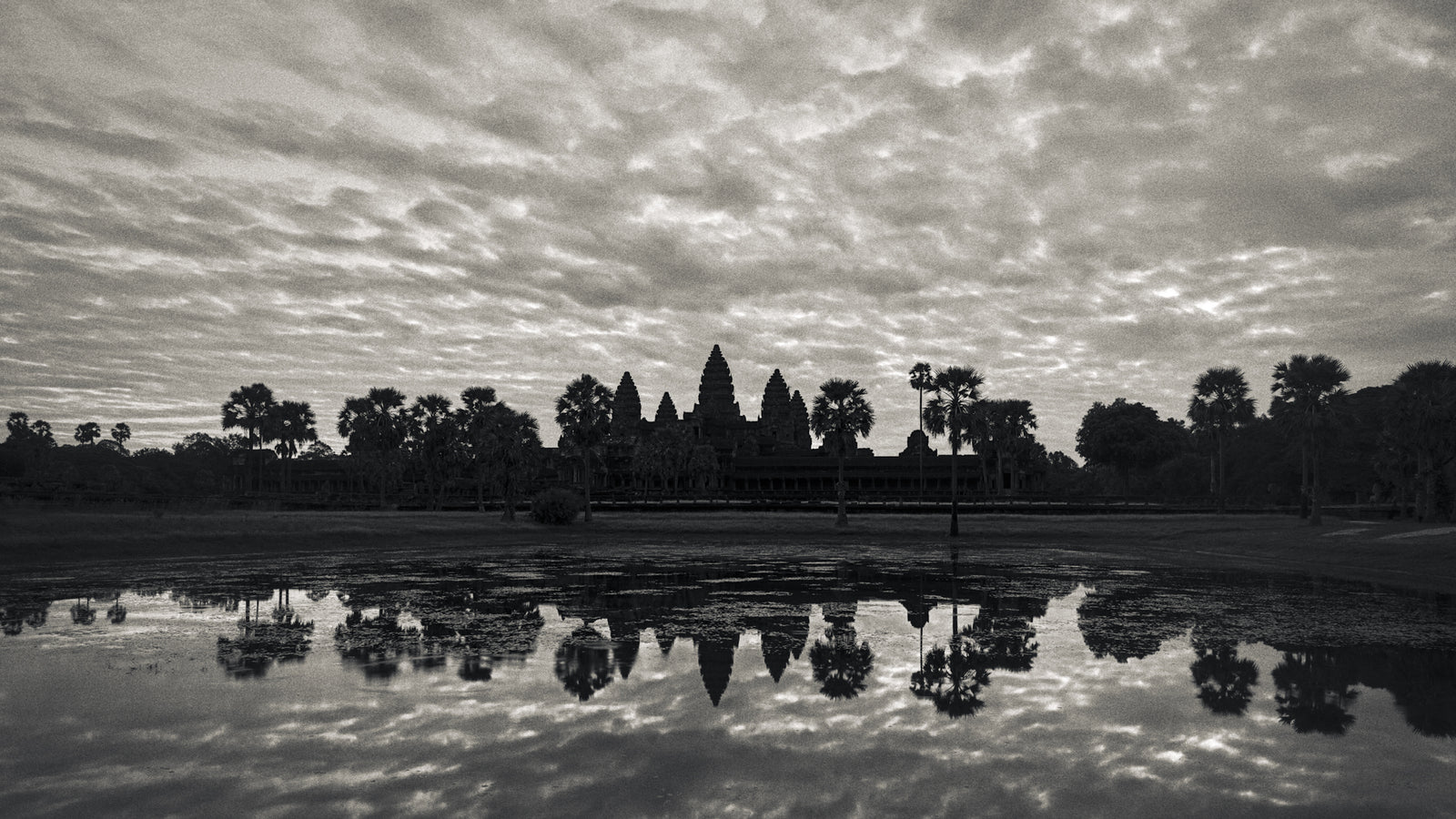Complimentary worldwide shipping on orders over $400 · No import tariffs for most countries
Complimentary worldwide shipping on orders over $400 · No import tariffs for most countries
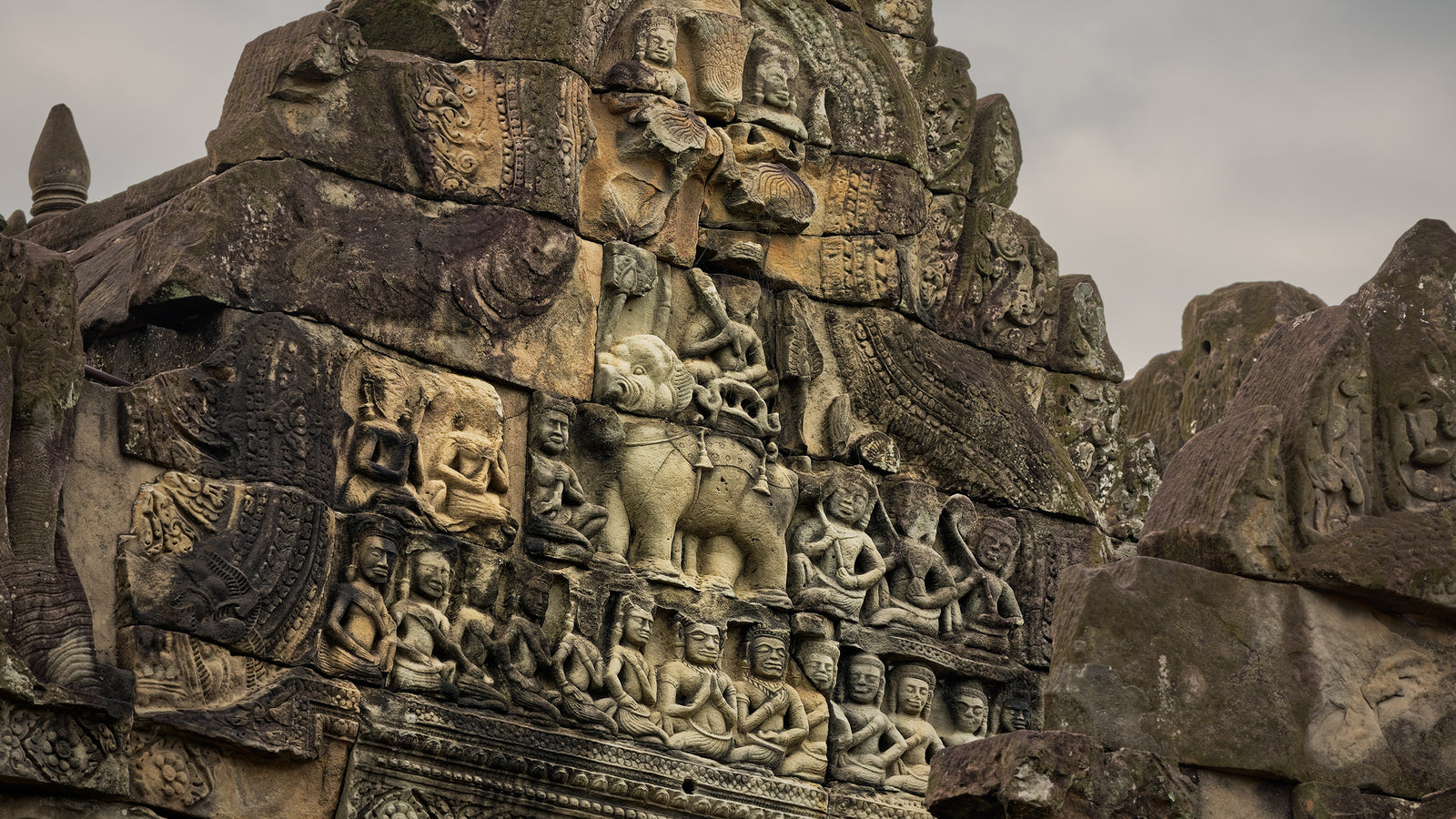
Indra
Indra, 'the destroyer of cities', was the warrior god of the Vedic Aryan nomads.
The god of the heavens, war, sky, clouds and monsoon, guardian of the East. The principal god in the Rig Veda. He could bring rain, hence his importance to the Aryans, who worshipped gods ruling over the natural elements. Indra is often represented holding a vajra, or thunderbolt, the symbol of lightning.
In Angkor, he appears seated on Airavata, the three-headed white elephant who appeared during the Churning of the Ocean of Milk.
Indra's abode is at the top of Mount Meru, where he presides over the Heavens in which gandharvas, apsaras and kinnaras entertain the gods.
Leader of the thirty-three prominent Vedic gods, he rules over the eastern territories, and for that reason was frequently represented on the eastern side of the Angkor sanctuaries.
Indra progressively lost his preeminence to Shiva and Vishnu as Hindu mythology started to focus on his weaknesses; Indra likes to get intoxicated with soma, the divine liquor from which he derives his powers, whereas Hindu gods get theirs from penances and austerity. Krishna made clear, when he protected the cowherds against India’s rains, that Indra was a deity of inferior status.
Indra also appears in Buddhist lore as an attendant or devotee of the Lord Buddha.
See also:
Also in Angkorpedia
Join My Studio Journal
Receive occasional letters from my studio in Siem Reap—offering a glimpse into my creative process, early access to new fine art prints, field notes from the temples of Angkor, exhibition announcements, and reflections on beauty, impermanence, and the spirit of place.
No noise. No clutter. Just quiet inspiration, delivered gently.
Subscribe and stay connected to the unfolding story.
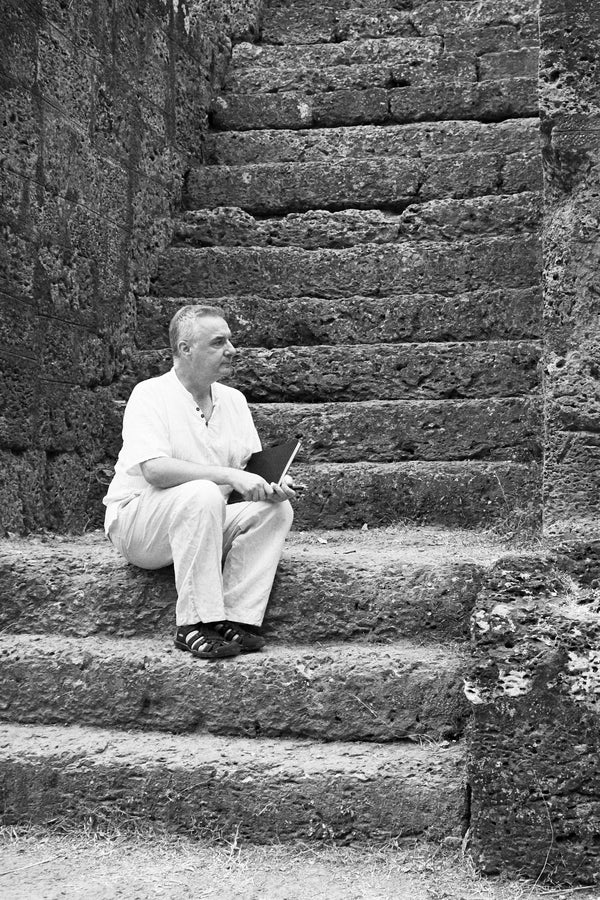
Join My Studio Journal
Receive occasional letters from my studio in Siem Reap—offering a glimpse into my creative process, early access to new fine art prints, field notes from the temples of Angkor, exhibition announcements, and reflections on beauty, impermanence, and the spirit of place.
No noise. No clutter. Just quiet inspiration, delivered gently.
Subscribe and stay connected to the unfolding story.

